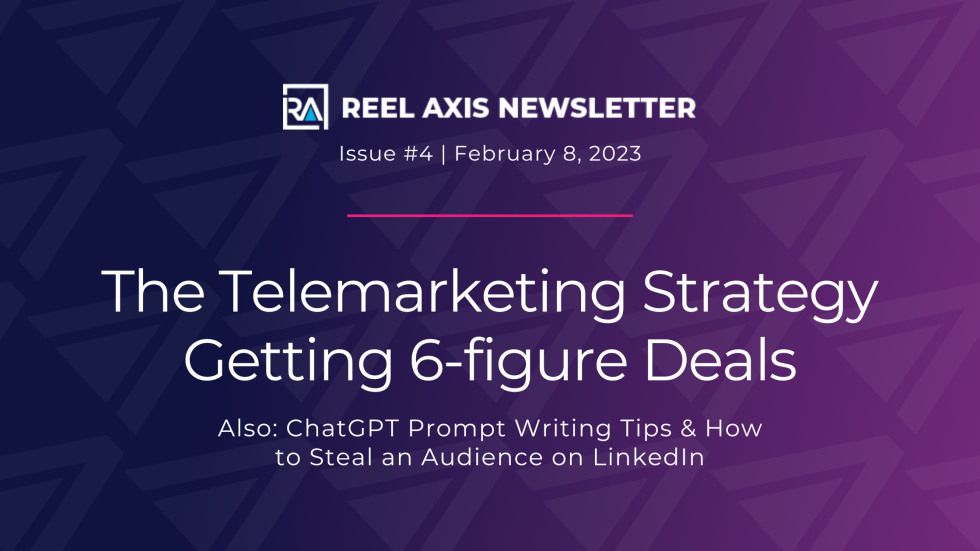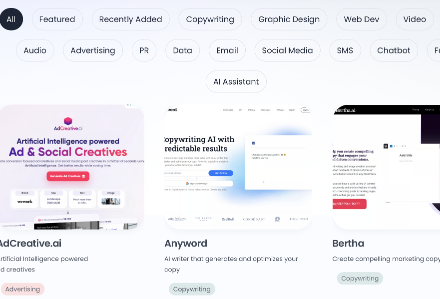Here’s what we have for you this week:
- A telemarketing strategy that’s producing 6-figure deals. After years of refusing to do telemarketing for our clients, we finally took the plunge last year. But we did it in a very different way. We’ll share the complete formula we used to get real results.
- How to write better prompts for ChatGPT. Everyone is talking about ChatGPT, but 99% of people are not using it to its full potential. Use these tips to become a world-class prompt writer.
- How to steal an audience on LinkedIn. The 8-step process you can follow to see your competitor’s audience on LinkedIn so you can start prospecting them.
Let’s do this thing…
📞 The telemarketing strategy that is producing 6-figure deals
For years we avoided offering telemarketing as one of our agency’s services. Why? It’s really hard to do telemarketing right. And if we are going to offer a service to our customers, it’s only going to be one that we know we can knock out of the park.
But after years of fighting it, we finally added our first telemarketer last year.
You’re probably wondering what made us change our minds. It comes down to one thing — we found a repeatable formula that works.
But, before we dive into what it is, let’s back up…
If there is one thing we can all agree on, it’s probably this: most telemarketing sucks!
If you’re on the receiving end of it, you get a call out of the blue from a telemarketer that you really don’t want to talk to. They’re probably calling you from a loud call center where you can barely hear what they’re saying. As soon as you realize it’s a cold call you want to get off the phone. But you don’t want to be so rude as to hang up on them.
Maybe you give the caller the benefit of the doubt and listen to them for 30 seconds before giving them a polite brush-off. But chances are, you don’t end up buying from them based on that call.
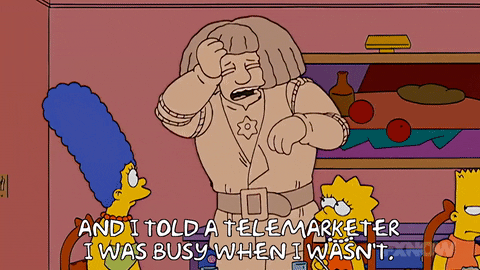
And the thing is, even the telemarketer doesn’t really expect you to buy from them. To them, it’s all a numbers game.
They pulled some huge list. Probably from a super expensive database like ZoomInfo. They know that of the 20,000 contacts they pull, probably only half will have a valid phone number. Of the 10,000 numbers they call, only 2,000 will answer. Of those, only 1,000 will be answered by a decision-maker. Out of that, maybe 1-2% turn into meaningful conversations. Then half of those agree to a follow-up meeting.
At the end of the day, you’re left with maybe 5-10 meetings scheduled (if you’re lucky). And half of those will probably end up being no-shows on the day of the meeting.
This type of telemarketing is time-consuming, expensive, low-yield, and not exactly the best way to win the hearts and minds of your target customers. This is the type of telemarketing that we said ‘no’ to for years.
How we found a telemarketing system that actually works
After years of being asked by our clients, we finally decided that we had to find a telemarketing system that could actually work.
We did a lot of analysis, and experimentation to get to the bottom of what’s broken in the traditional telemarketing process. The answer we landed on was: Intent.
When you cold call someone, chances are they have zero purchase intent. Talking to someone with zero purchase intent is a complete waste of time.
But, if you could pre-screen to find the contacts who have higher purchase intent, and only call them, then telemarketing would be a lot more successful. At least that was our hypothesis.
And now a year later, that hypothesis has proven totally true.
The exact system we use
I’ll walk you through the exact way we run telemarketing campaigns in a second. But first, I want to warn you.
You’re probably expecting some intricate system or some revolutionary new way to do outreach. You’re not going to find that here. In fact, at the end of this section, you’re probably going to be thinking to yourself, “that’s it?!”
We did a lot of experimenting, but the system that worked best actually ended up being so basic that it even surprised us! But the bottom line is, it works day in and day out.
Step 1: Start with emails
A little counterintuitive, we’ll admit, but the key to starting a successful telemarketing campaign has nothing to do with calling at all. Instead, start by sending out emails. Why? Emailing a list of thousands of people is significantly cheaper and faster than calling all of them.
Use a text-based cold email tool for this. Let me repeat…TEXT-BASED! Do not send these emails out of your CRM or whatever other HTML email service you use (Mailchimp, ConstantContact, HubSpot, etc.).
We recommend Reply.io but there are lots of other options out there.
Write a basic email sequence that shows the value of what you’re promoting. Don’t sell in this email sequence. Instead, be sure to follow cold outreach best practices by showing the value that you bring to the table. If you need help with what those best practices are, respond to this email. We’re happy to walk you through it!
Step 2: Score the contacts
We have a contact scoring methodology that we use. Essentially, if someone opens an email, they get points. If someone clicks on a link, they get points. If they visit the website, points. If they respond to the email, they get a lot of points. You get the picture.
Any interaction results in points. The higher the score, the more intent that person is showing.
For each telemarketing campaign, we determine a point threshold. When a contact hits that threshold, they move on to the next step.
Step 3: Call high-intent contacts
At this point, we finally pick up the phone. Striking while the iron is hot is key here. We call any lead that hits their intent threshold score within a max of 24 hours (Not including weekends. Who wants to get a business call on the weekend??). And usually within 12 hours.
The goal is to connect with them as soon as possible while we are still fresh in their mind. If they don’t pick up the first time, we leave a voicemail and try them again later.
It’s actually not uncommon that the contact even returns our call themself. An extremely rare thing under a traditional telemarketing campaign.
Wrapping up
That’s it. That’s the formula. It’s not rocket science.
But, it is much more efficient than the traditional telemarketing campaign methodology and has gotten us and our clients significantly better results.
By only calling high-intent contacts, we save time, money, and energy because we are only speaking with the people that have the highest likelihood to take action.
When you do it right, telemarketing does work.
📰 In the news this week
💬 Google launches Bard, its ChatGPT rival
💘 Insights for your Valentine’s Day campaigns
📊 Switch to Google Analytics 4, or Google will do it for you
💡 A hack to find new content ideas
💰 Twitter wants to become a payment platform
🤖 How to write better prompts for ChatGPT
If you haven’t been living under a rock, then we’re sure you’ve used (or at least heard of) ChatGPT.
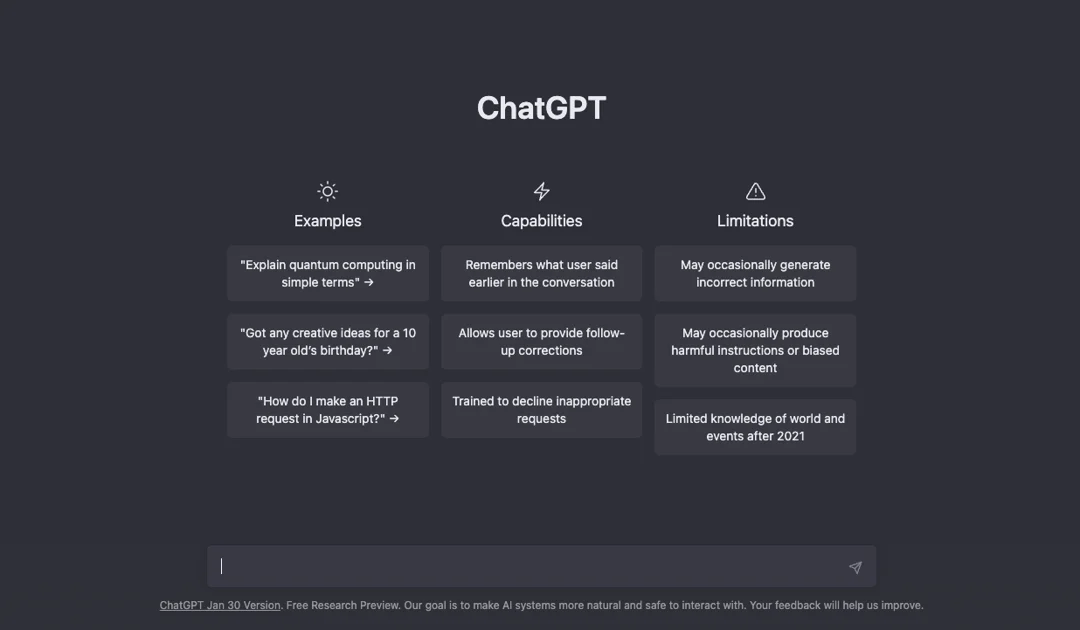
In case you have been a cave dweller lately, ChatGPT is an AI language model developed by OpenAI late last year. It can do all kinds of tasks from answering questions to creating articles. It can even write code!
If you haven’t played around with it, we highly recommend it. It’s free to use.

The prompt is everything!
The prompts you provide to ChatGPT play an important role in determining the quality and accuracy of the response ChatGPT generates.
What’s a prompt? It’s the conversation starter that you feed into ChatGPT in order to get a response. The prompt sets the tone and provides context for the AI to generate a response.
Just like in a verbal conversation with a human, how you kick things off largely determines how the rest of the conversation will go. Prompts in ChatGPT are no different. A well-written prompt will lead to valuable and correct responses from ChatGPT.
3 ways to write better ChatGPT prompts
Now that you understand why good prompts are such an important part of using ChatGPT, here are three tips to help you become a world-class prompt writer.
1) Tell it what job it has
You need to tell ChatGPT how you want it to think. The best way to do this is to assign it a job.
For example, if I want ChatGPT to write me a blog post for my SaaS company, at the beginning of my prompt I would say, “Act as a copywriter and SEO expert who is very knowledgeable about software and SaaS companies.”
Or if I wanted it to debug a snippet of code for me, I would say, “act as a QA software engineer.”
2) Tell it what info to expect from you
Identify what information you’re going to give ChatGPT up front. This gives the system more context so that it can give you a more specific and accurate answer.
For example, if I’m using ChatGPT to help me write landing page copy for a new product launch, I could say. “I will give you a product description and the demographics of the target audience.”
3) Tell it what success looks like
If you define up front, what output you expect from ChatGPT then you’re likely to get it.
For example, rather than telling ChatGPT to write a blog, instead I should say, “write me a blog post that is between 500-1000 words. It should follow SEO best practices and be optimized for the keywords B2B and marketing. It should be written in a conversational and informal tone. Make it slightly funny.
Putting it all together
Putting these three building blocks together helps you to write prompts that ChatGPT can understand and knock out of the park for you.
To drive this point home even more, here is an example of a final prompt I’d be confident giving to ChatGPT.
“Act as an expert salesman and email copywriter.
I will give you a short description of my company and information about the type of customers I work with.
I want you to write me a 5 email sequence that I can send out to cold prospects for my business. These prospects are similar demographically to the customers we usually work with. These emails should be no longer than 100 words and should be very informal and conversational in nature. The tone should sound like a friend reaching out to another friend.
The goal of these emails is to have the recipient send me a reply so we can set up a phone meeting.
Here is a description of my company: [insert the company description here]
Here is demographic information about my current customers: [insert the customer information here].”
🥷 How to steal an audience on LinkedIn
Here’s how you can steal a competitor’s or influencer’s audience on LinkedIn in a few simple steps. But if anyone asks, you didn’t hear it from us 🤐
1) Open LinkedIn and click the search bar
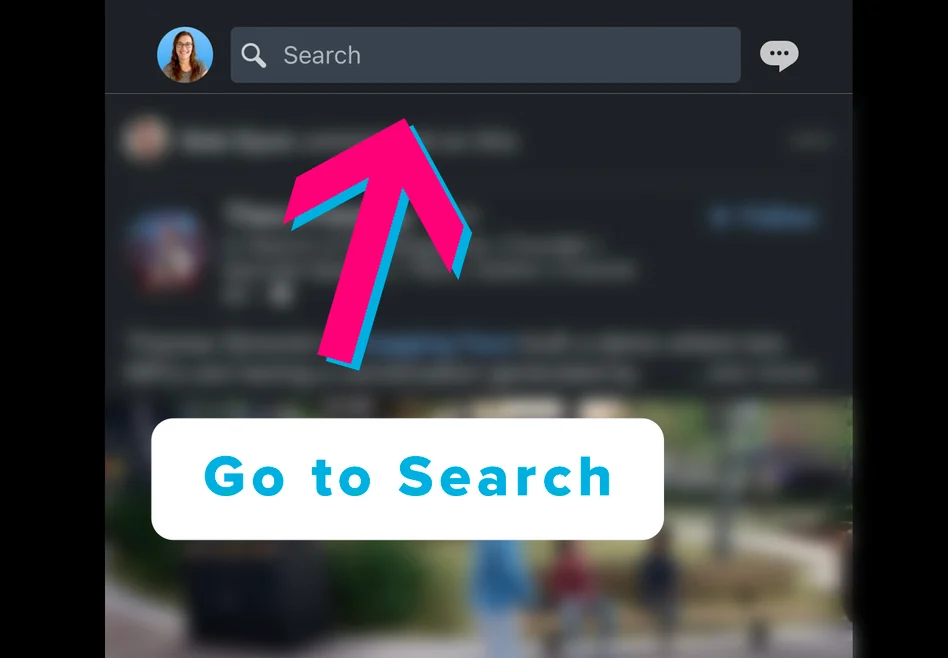
2) Type in your target demographic
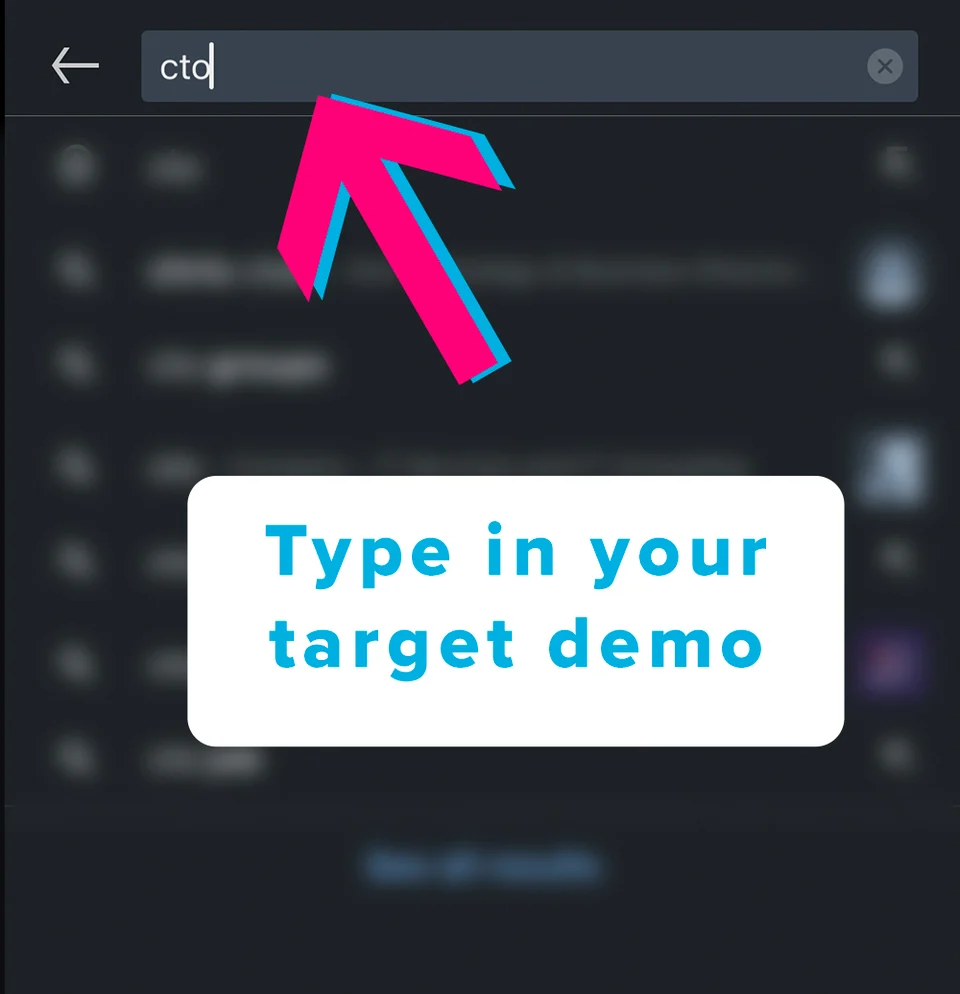
3) Click on “People”
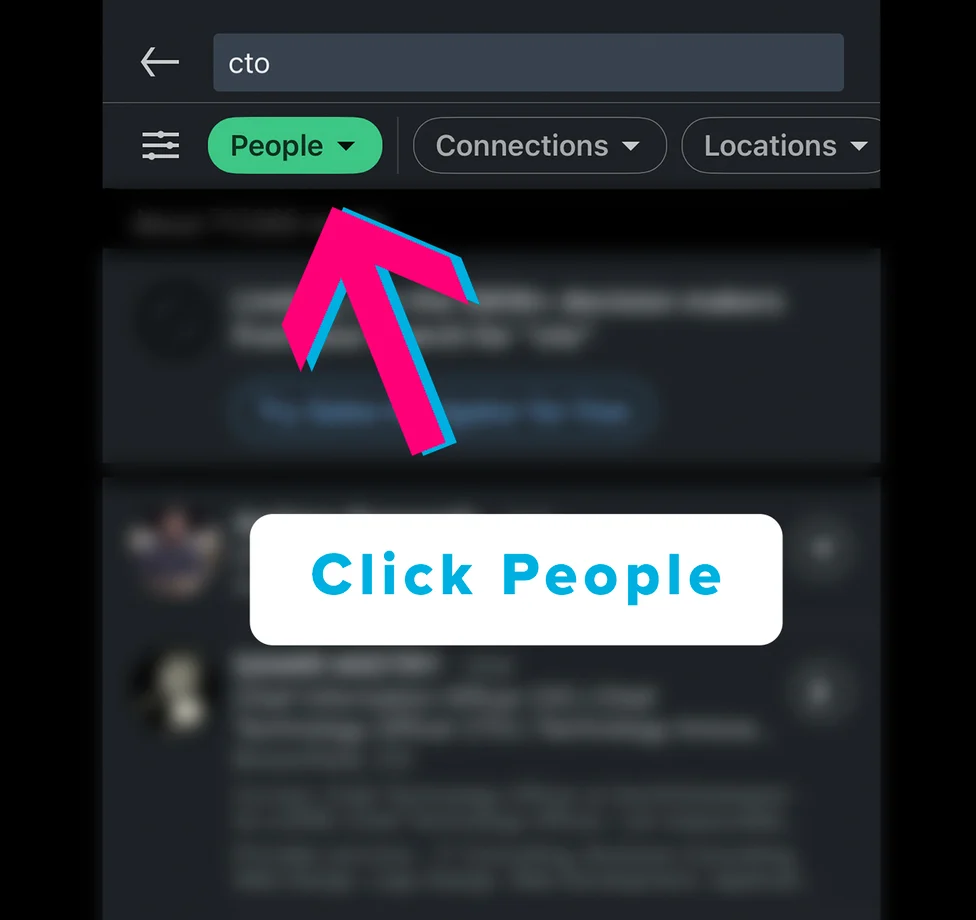
4) Scroll over and click on “All filters”
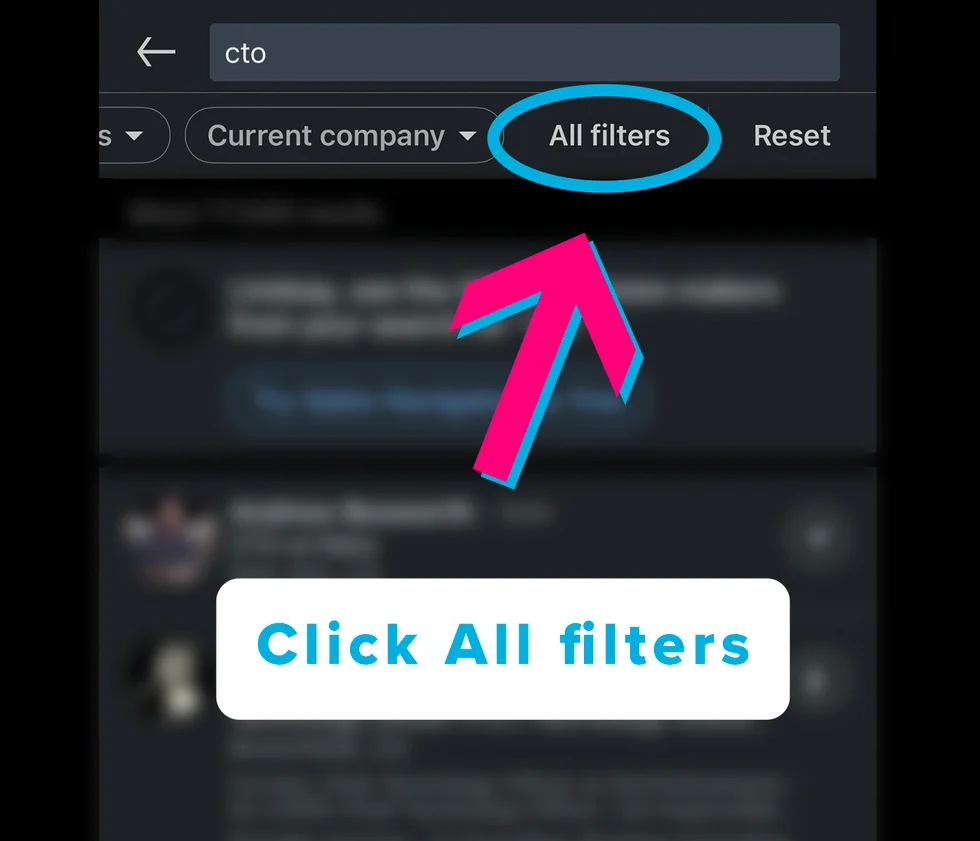
5) Add any parameters you’d like then click on “Followers of”
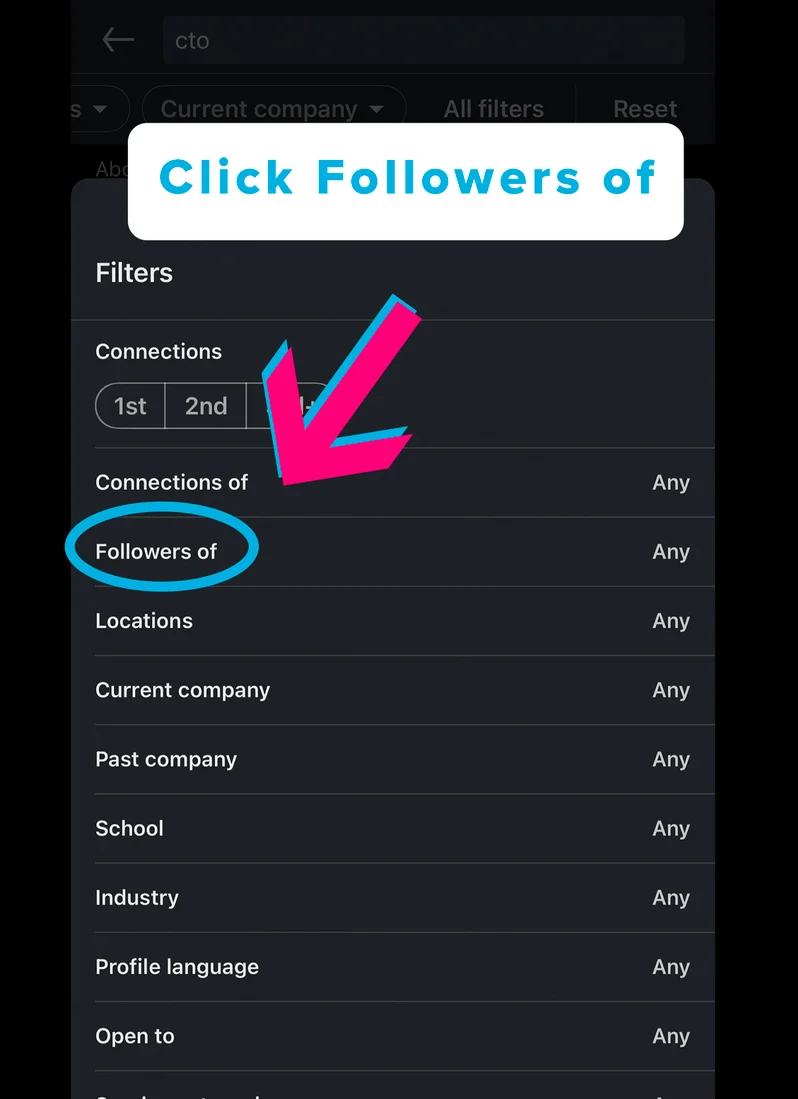
6) Click “Add a creator”
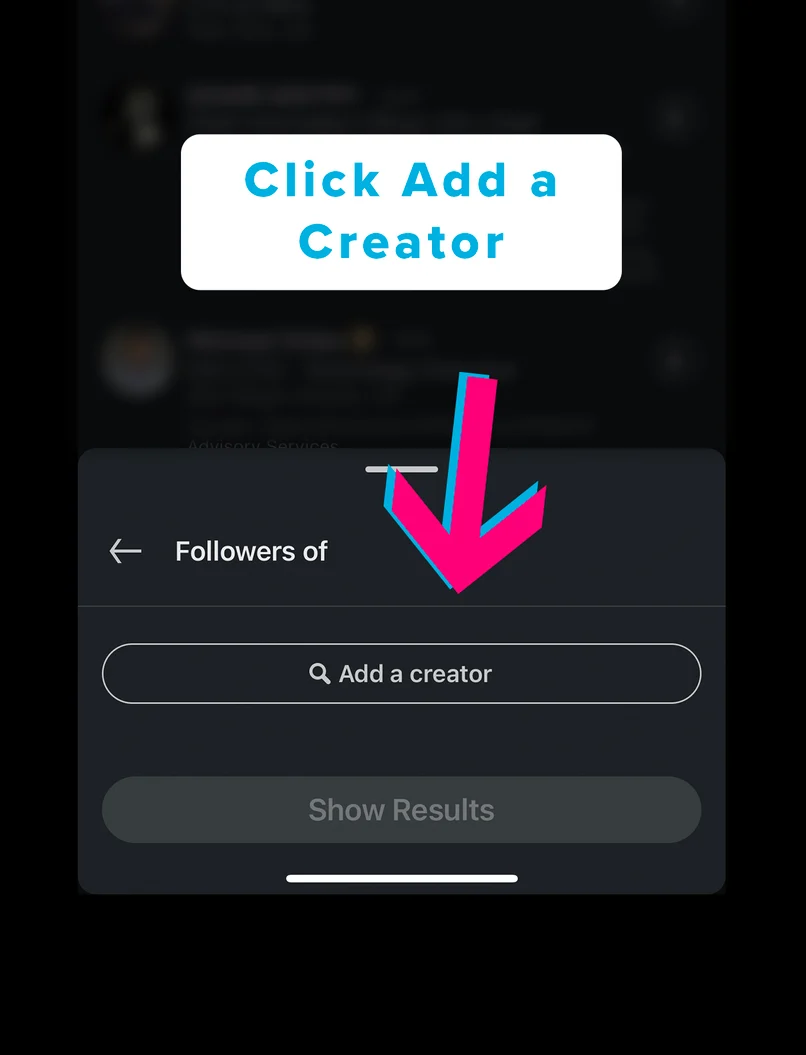
7) Search for and select a creator
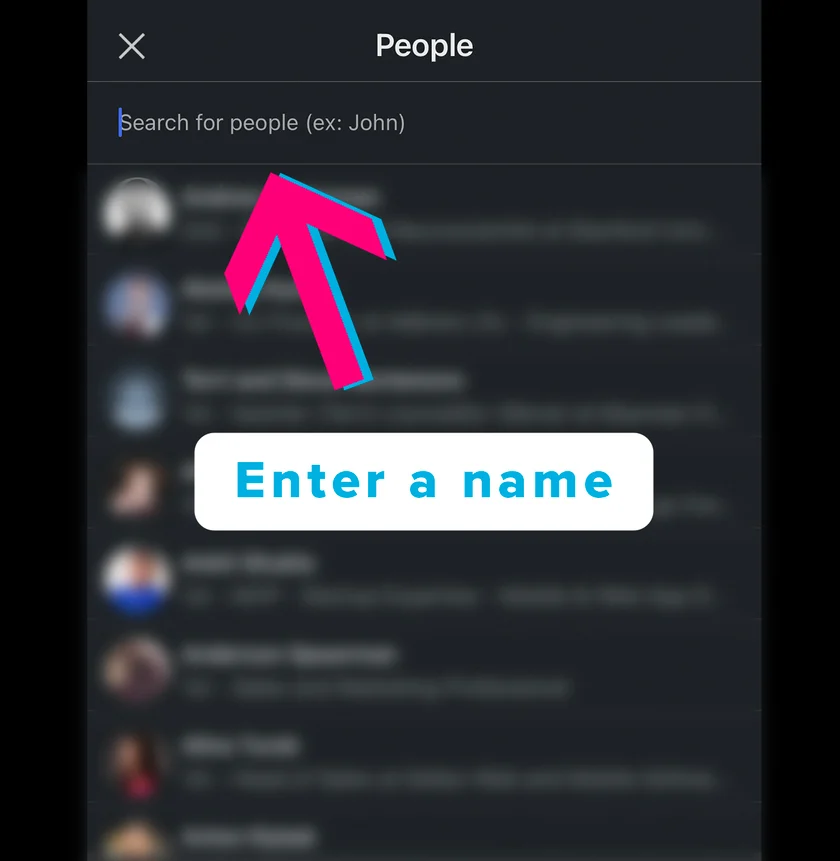
8) Click “Show results” and BOOM! A list of contacts for you to reach out to.
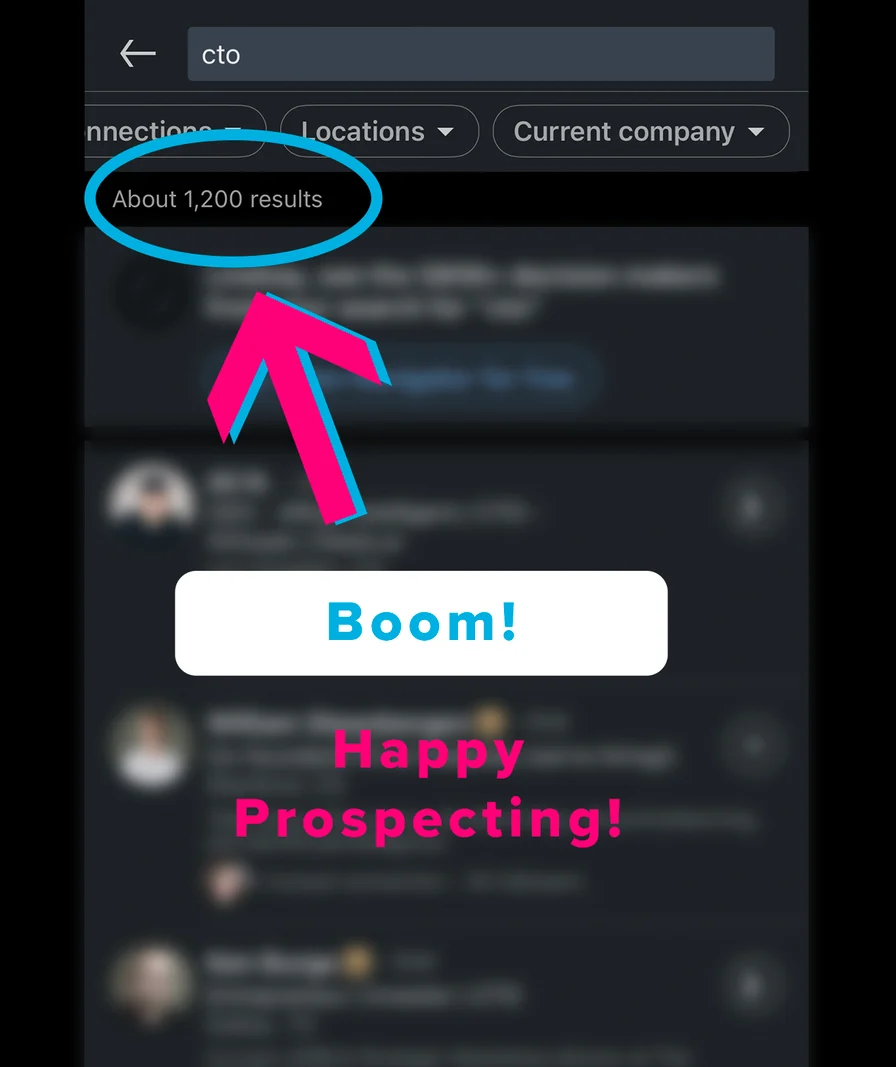
Happy prospecting!
How’d we do with this week’s newsletter?
😍 Loved it
😐 Meh, do better
👎 You didn’t bring the heat
Enjoy this newsletter? Forward it to a friend to spread the love.
Want us to write about something specific? Submit a topic or idea.

